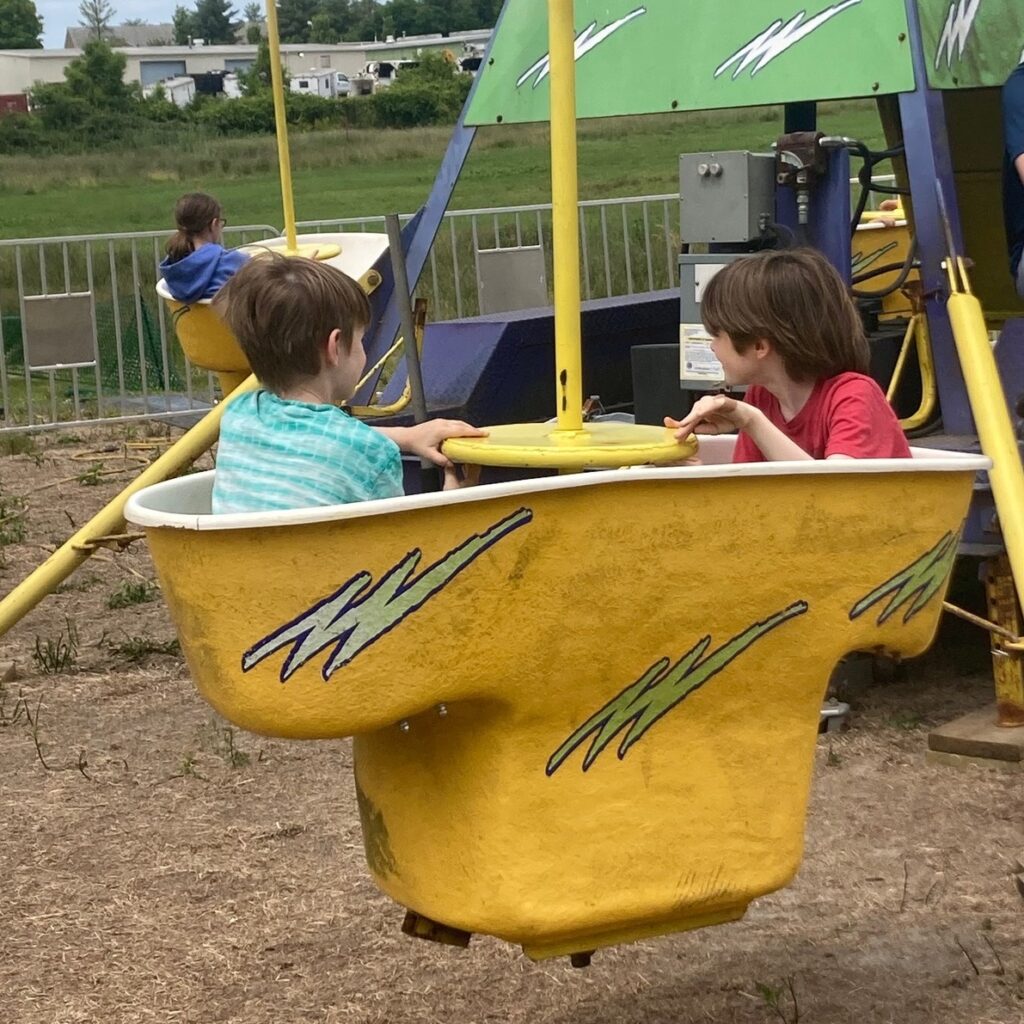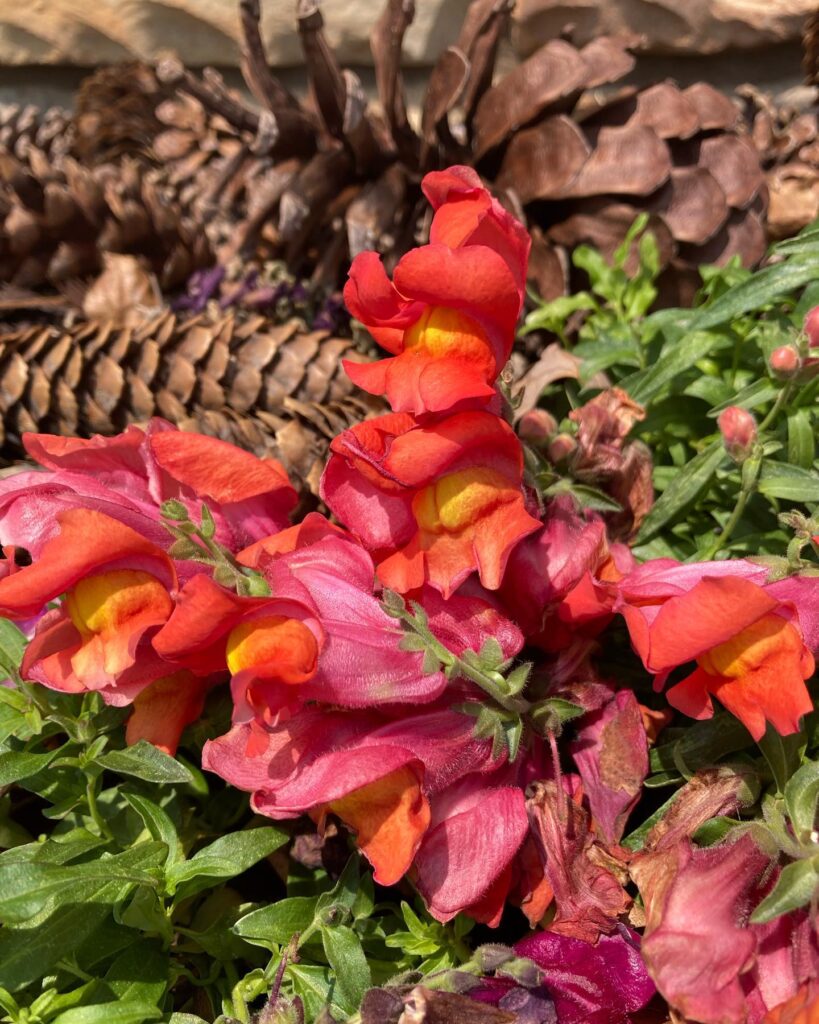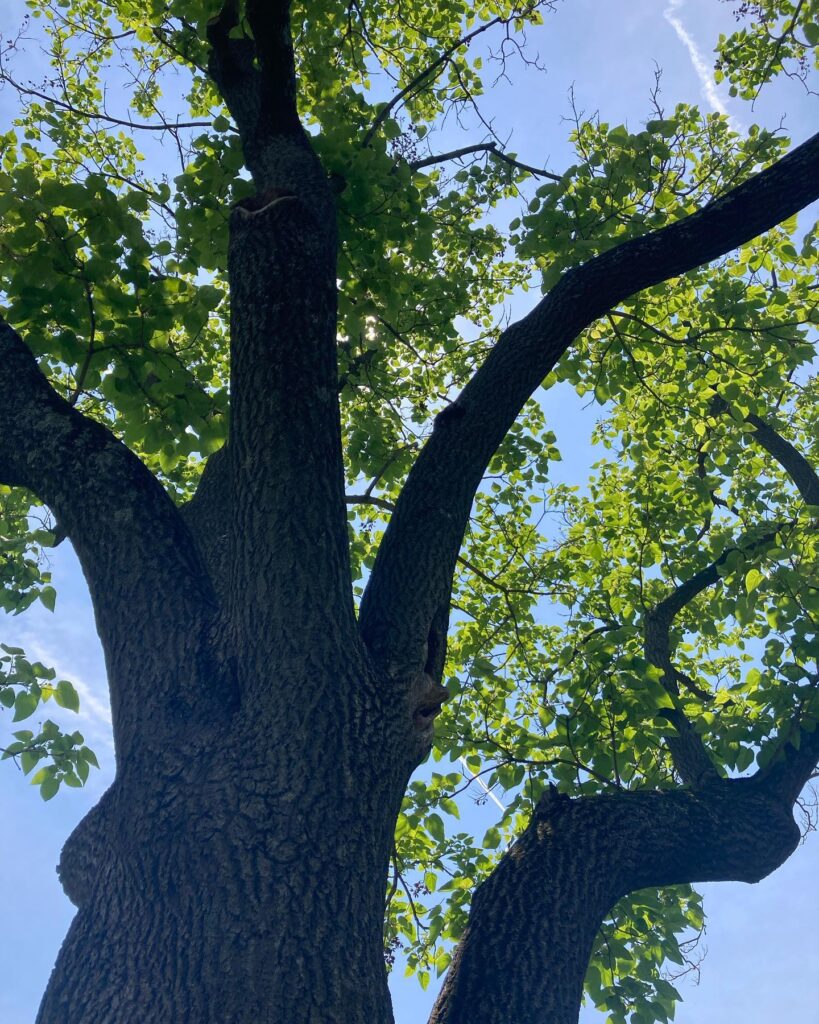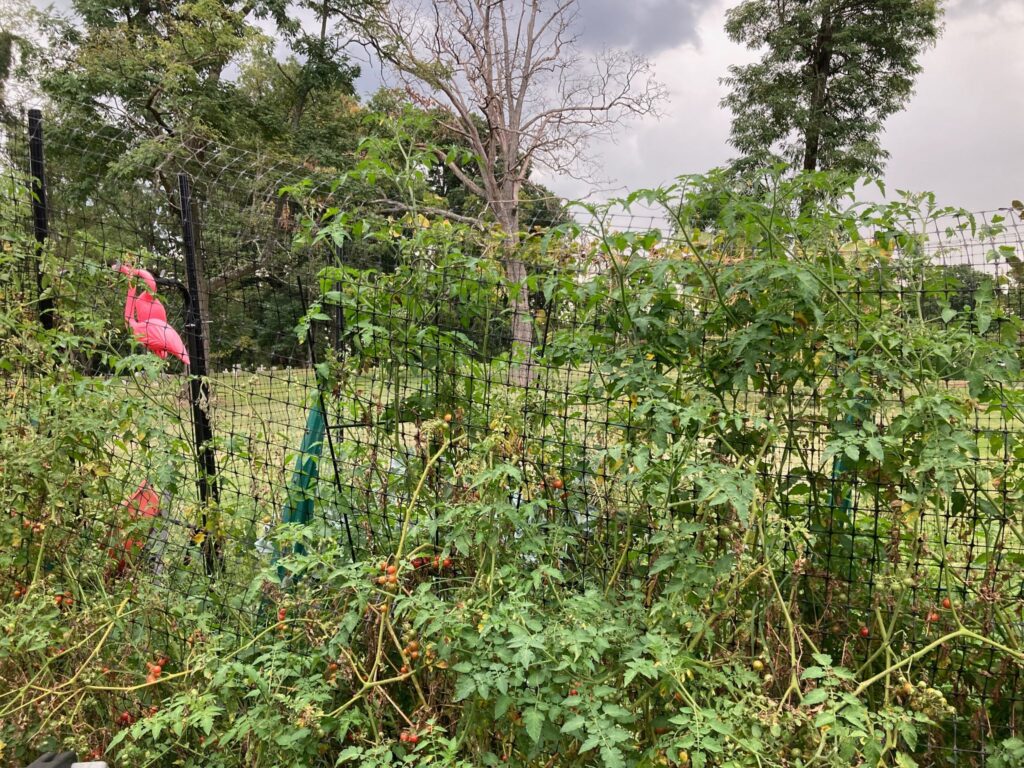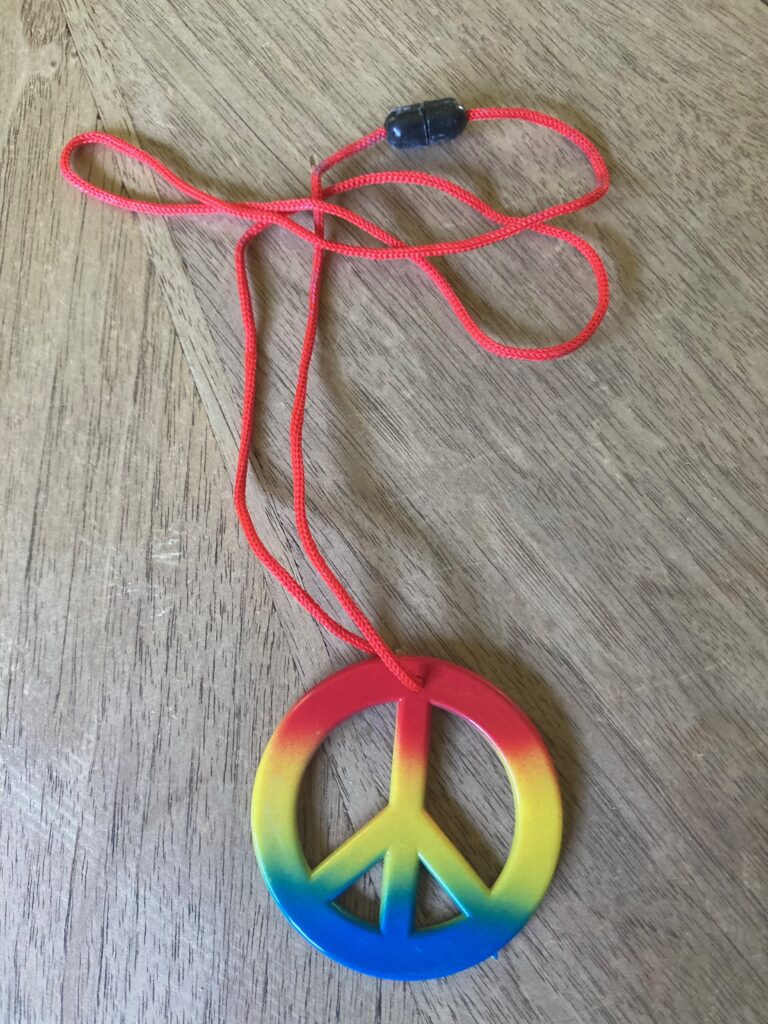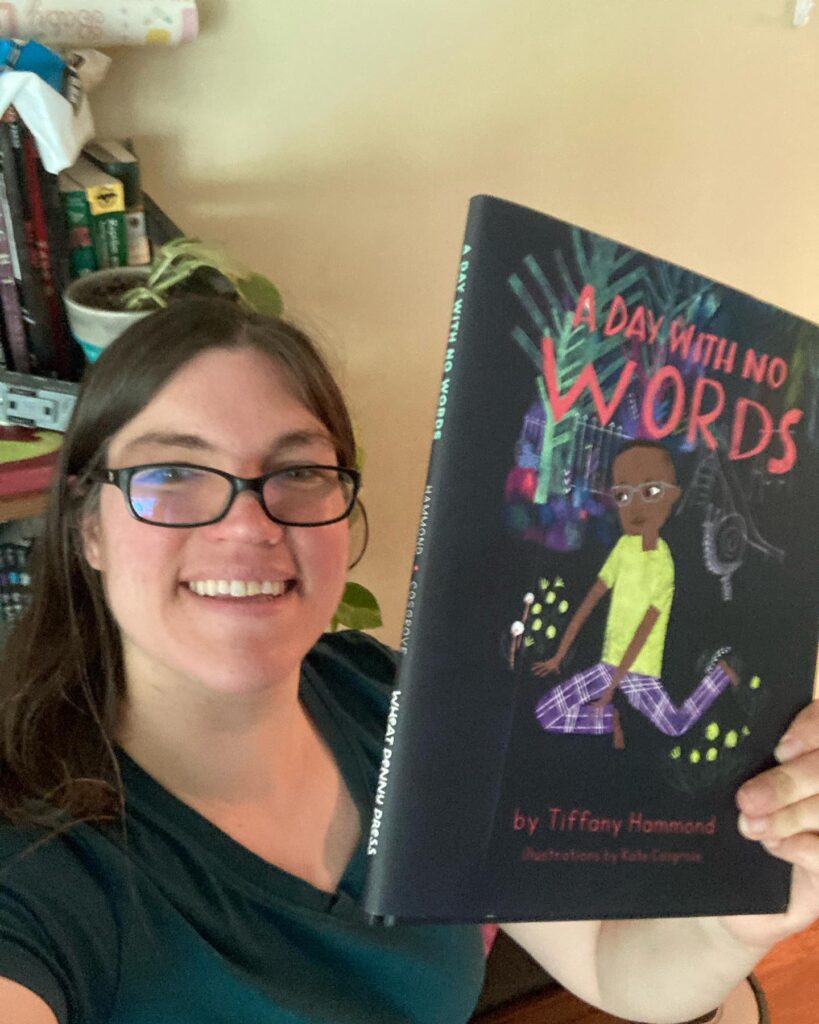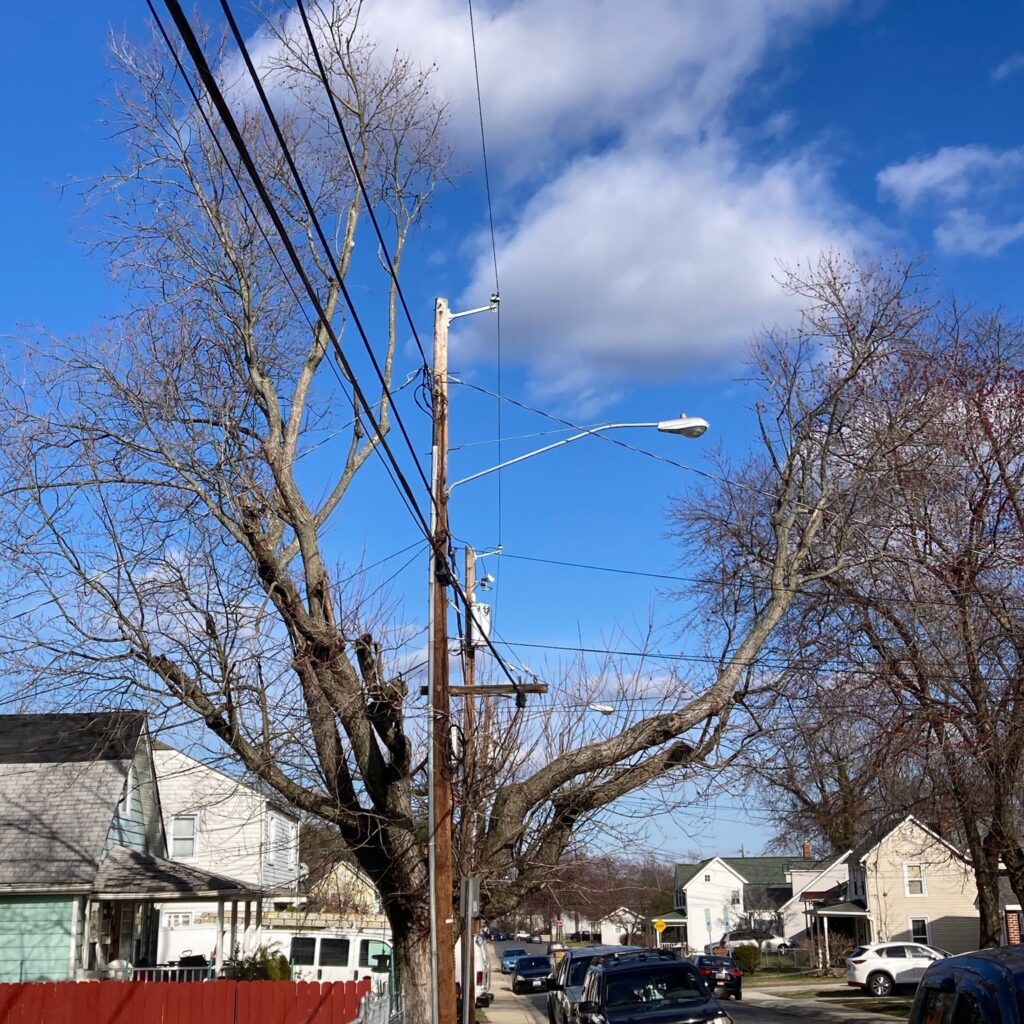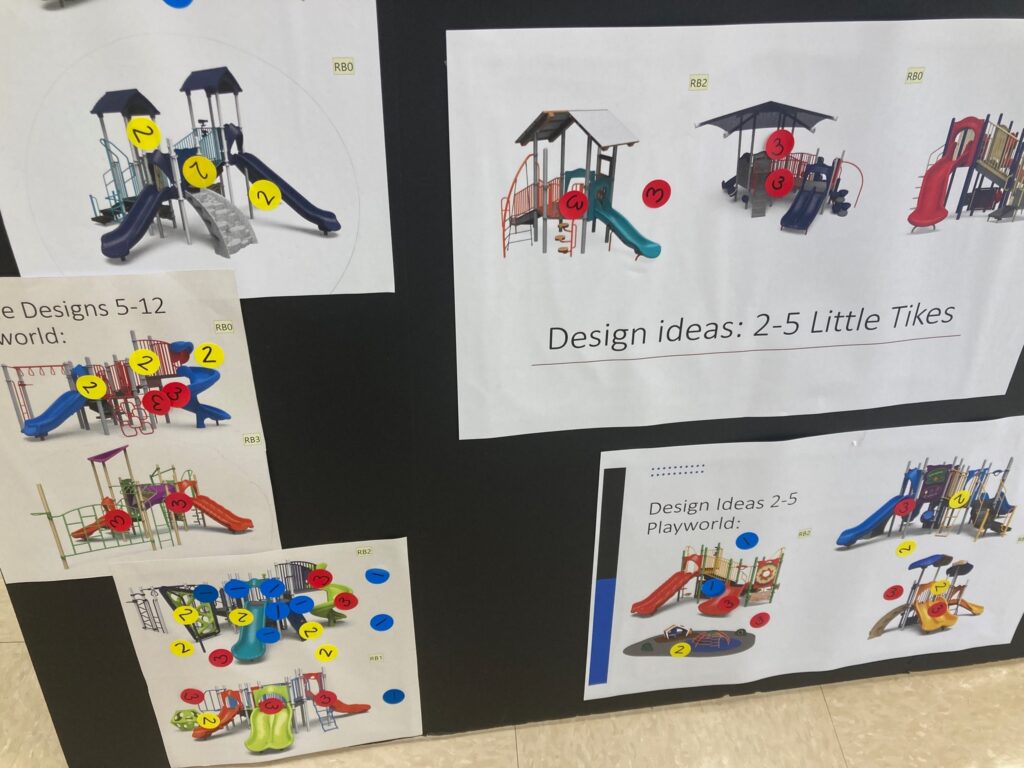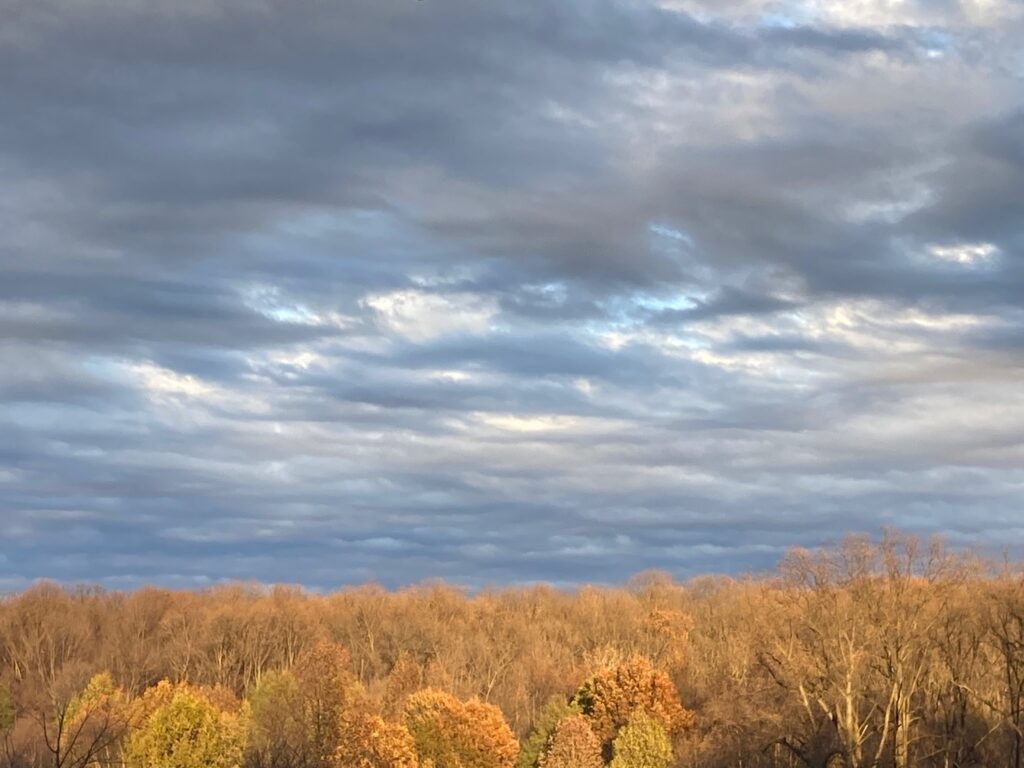
“You should be so available to play that your children never need to ask,” read the meme. Or least that’s how I read it. (Although it really was close to it.) But what if they always want more than I have to offer? I thought in desperation.
Other memes or oversimplified advice extolled the virtues of connection, especially when it came to getting your kids to do what you want or need them to do, like brush their teeth or come to the table for dinner. Some even made the connection explicit, saying that your kids will be cooperative if only you’re connected enough with them. Of course that message implies the opposite – that if they aren’t cooperative, it’s because you aren’t connected enough.
Continue reading